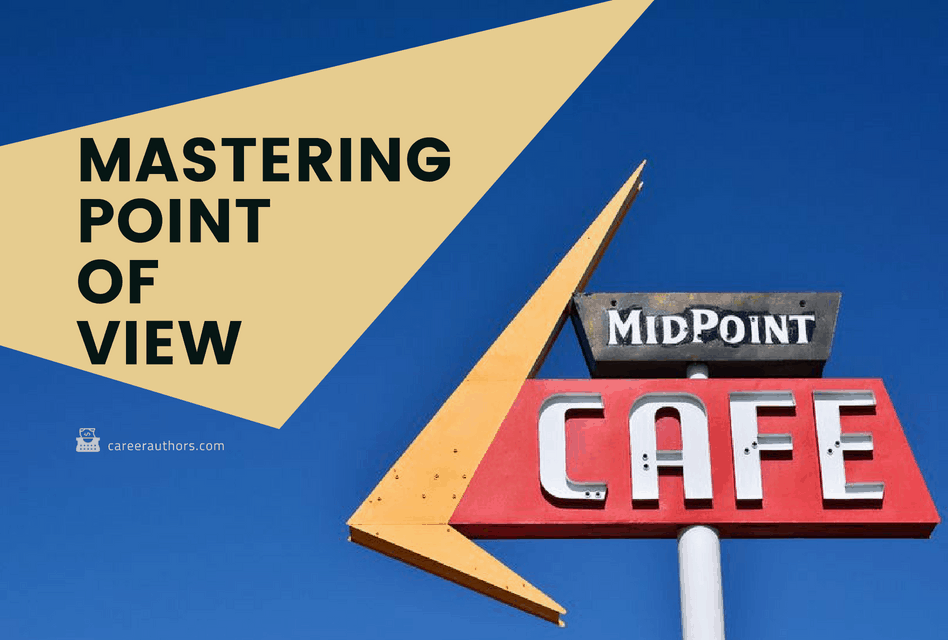There’s a fascinating assessment of plot—have you heard it? Some say there are only two plots in the world: “A stranger comes to town” and “A person goes on a journey.”
Now, here’s what’s even more amazing. Those two seminal plots are exactly the same—depending on the point of view. (I introduced you to point of view here.)
If you’re writing from the person-on-the-journey’s point of view, you might say:
If you’re writing the same story from the “stranger comes to town” point of view, you would write:
That is exactly the same series of events. Told from two different points of view. The stranger who sees the little café and decides, in a choice we as readers know will be pivotal. And the woman behind the counter, who wonders, obviously, how this arrival will affect her life.
See how point of view makes a difference? See how you can tell the same story through different brains? And with a different voice?
When you write your book, point of view is your first decision
Through whose eyes will you tell the story? The stranger? Or the waitress?
Or, maybe, first one, then the other?
Let’s indulge in clichés here—and I know you will write better than this—it’s only to go on with this experiment.
Again from the guy in the truck’s point of view:
And from the waitress’s point of view:
Point of view. We are in the exact same situation, but we are seeing it, and contemplating it, through two different brains
In one version, in the arriving stranger’s point of view. In the other, from the reactive point of view—the person who the stranger is approaching is assessing the situation through her eyes.
Is the stranger a good guy? Or a villain? Is the waitress a potential victim? A love interest? A partner? We don’t know that yet.
But the key in this exercise is that you see we can be in only one point of view at a time. We don’t know, in the stranger’s section, what the waitress thinks, or who she is, or what her motives are. We do not know his name. In her section, we don’t the arriving stranger’s motives or identity.
The points of view—in the same story—are separate
And will stay separate. You should have only one point of view at a time.
If we want to label these, the stranger is third person, using “he” and the character’s proper name. It’s also past tense, with verbs like squinted and headed.
The waitress is first person past tense. Her section uses “I” and verbs in the past tense, like supposed and jangled and needed. We don’t know her name, because she’s in her own head, and might not think about herself by name.
If you needed to make sure the reader knows her name, you could do something easy, like this:
Okay, I know it’s not great writing. But it works to show how point of view works. And why it matters. And how powerful it can be.
As the author, you can illuminate two characters, individually and understandably—to allow the reader to know more than the characters do.
We know the woman has been hurt in a love affair, and the man is looking for redemption from something, even though we don’t know what.
But—the characters don’t know that about each other. Will they tell? And what will happen next? That’s how we use point of view to amp the suspense or the conflict.
Any questions about POV? Trust me, there’s much more to discuss in this pivotal part of your writing—and I’ll talk more about that another day. But for now, join the conversation about point of view on Facebook.
Now, get writing!





